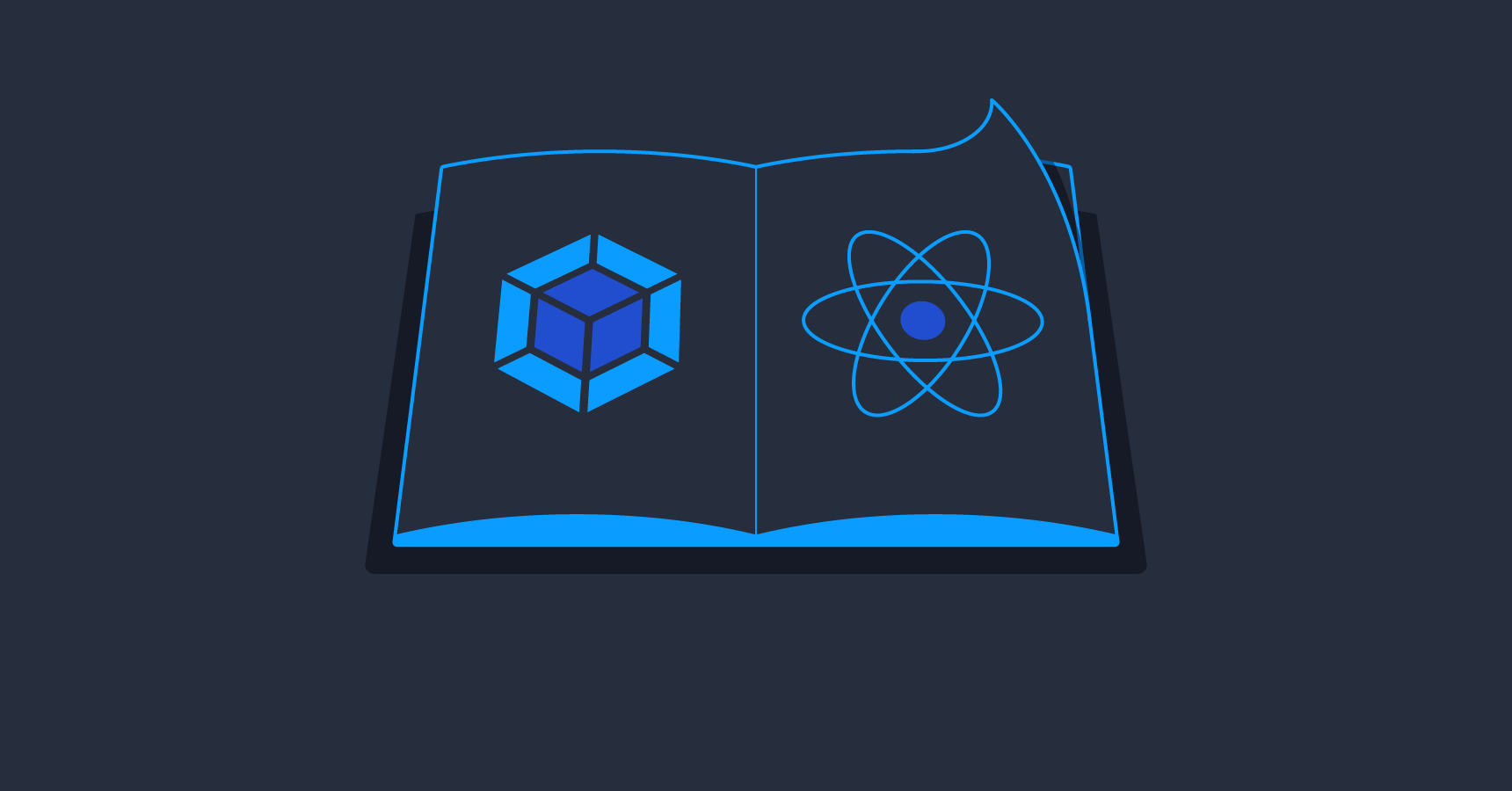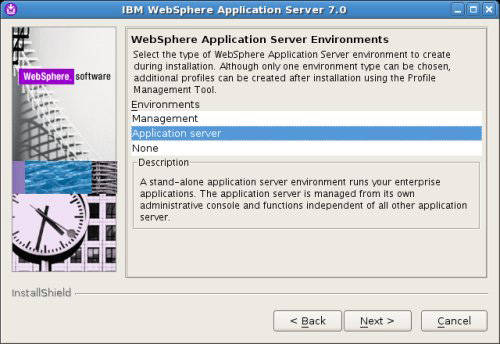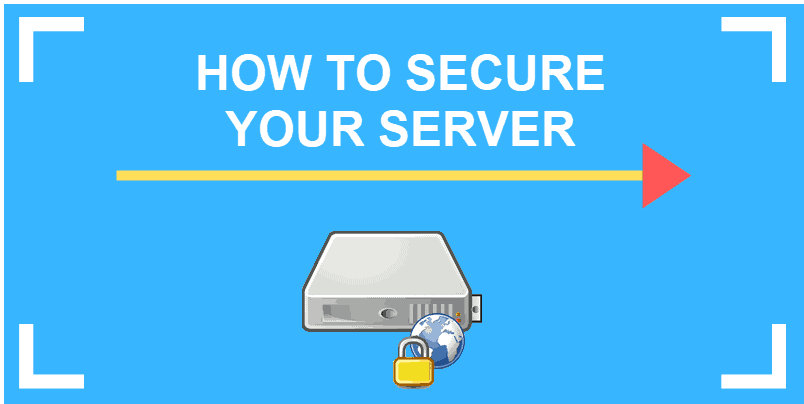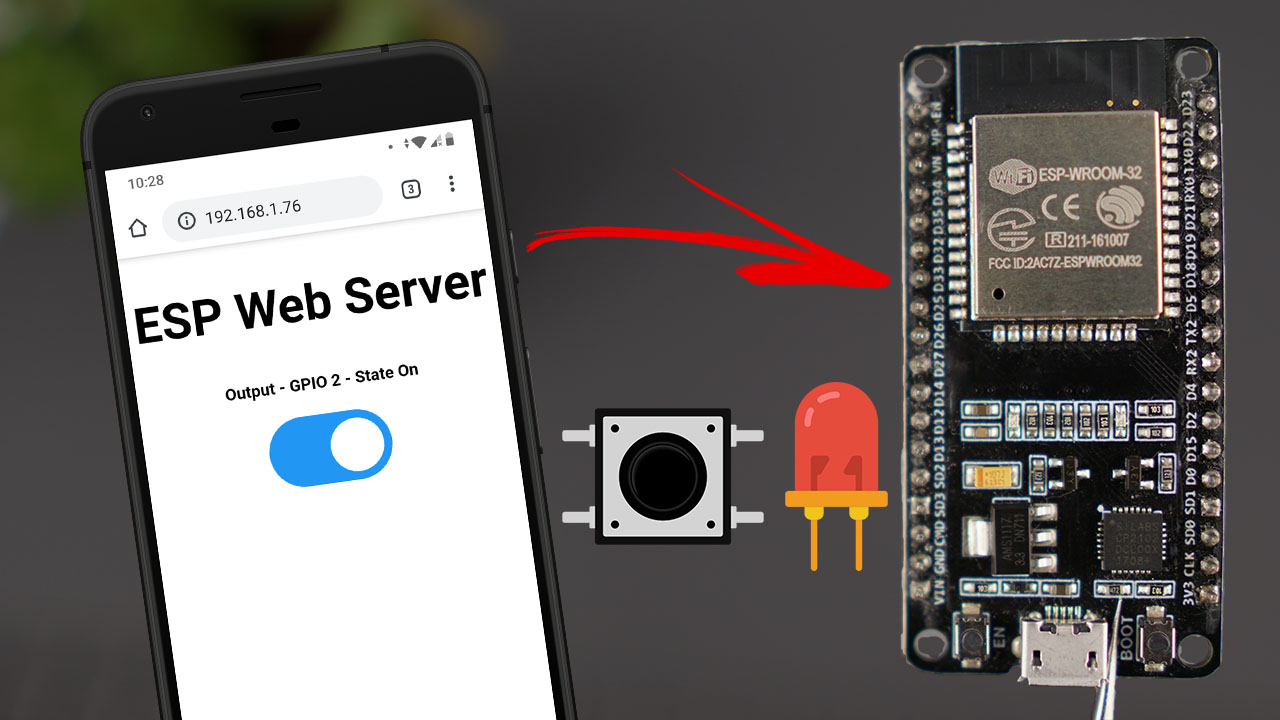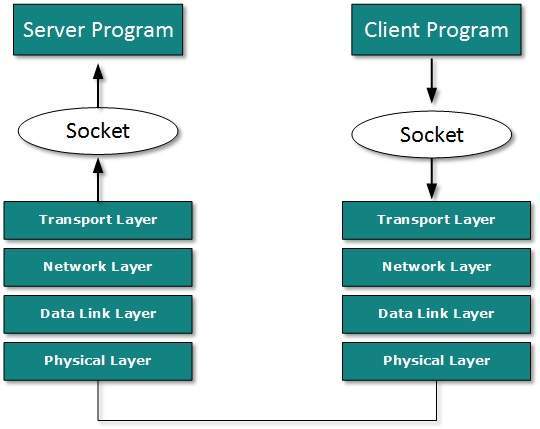How to Get Your App Running on a Webpack Dev Server Tutorial
If you are new to the webpack framework, it may be useful to read a quick tutorial on how to get your app running on a dev server. The tutorial will teach you how to install Webpack, as well as loaders, plugins, persistent caching, and environment variables. You’ll also learn how to make custom configurations and adjust defaults. You’ll also discover how to install a Webpack cli extension and configure it to your specific needs.
Loaders
A quick introduction to the Loaders for Webpack dev server can be found in the first Webpack tutorial. These loaders allow you to add extra functionality to your HTML and CSS code. Webpack’s plugin system is 80% plugins. These extensions can be instantiated and hook into various webpack events. In addition, they can also access a whole bundle, allowing you to apply more than one loader at once.
If you’re working with java script or css, source maps can be very helpful. To use these, you simply set the “source map” attribute to false. This setting is used in the dev tool’s “eval” command. If you’d like to serve a file directly, you can also use npx webpack serve –open. Using npx webpack serve-open will allow you to automatically serve your output to disk.
Plugins
The WDS (Webpack Development Server) is a server which runs the webpack bundle in memory. Instead of writing the bundle contents to files, WDS stores them in memory and automatically refreshes them in the browser. It also supports Hot Module Replacement, an advanced webpack feature. This feature allows you to patch a browser’s state without having to refresh the entire page. This is particularly useful for libraries like React. To learn how to use WDS, you can follow the links below.
Dotenv enables you to set environment variables in your.env file and configure host and port in a more precise manner. HTML5 History API based routing also works with this plugin. Error-overlay-webpack-plugins help you identify the source of errors better. The default settings are good for most platforms. If you are using another server, you can change the devServer settings in webpack.
Persistent Caching
This webpack dev server tutorial teaches you how to configure persistent caching on your webpack-powered project. Persistent caching is a built-in feature of webpack but is not enabled by default. Fortunately, webpack has an out-of-the-box serialized data processing engine that takes care of this task. Nevertheless, it is important to know how to configure the persistent cache for your project.
You should be aware of the downsides of this technique. Besides the security risk, cached versions are not as flexible as normal webpack versions. When the webpack project is updated, it needs to see that some changes were made. If this is the case, the webpack will invalidate the cache, rebuild it, and rewrite it. This process improves the compilation and build times dramatically.
Environment variables
When getting your app running on a webpack dev server, it is important to keep a few things in mind. First, the environment variables are not always identical to the production environment. In fact, your production environment might depend on other data, such as a database. If you need to change the environment variables for your app, make sure that you have a separate environment file. You should also avoid placing sensitive information in environment variables.
After getting everything set up in the backend environment, you can move on to the front-end. The gatsby-define command can be used to change these variables to different values. For example, if you are using a development environment for your project, use the -dev version. However, if you are using a production environment, you can use the -production version.

